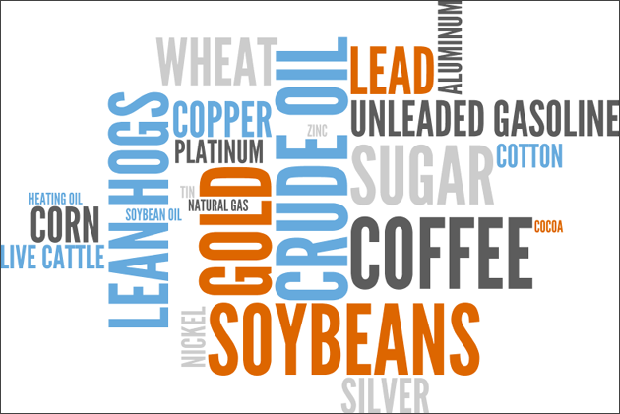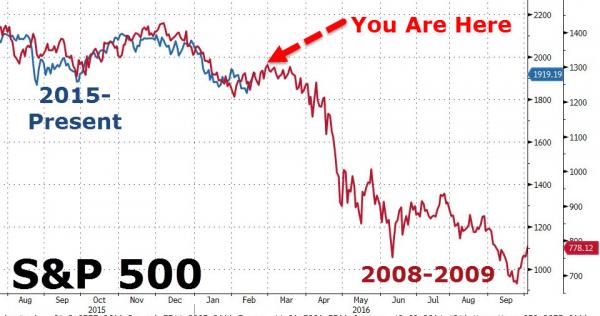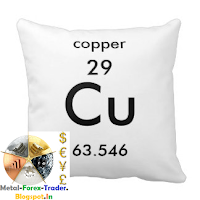The Indian markets are gearing up for the big event today — the Union Budget. We take a look at what the commodity market participants expect from it.
Commodity Transaction Tax
If there is one wish that tops the list for almost all participants in the commodity sector, it is the removal of the commodity transaction tax (CTT) that was introduced in July 2013. This tax is levied on the sale transaction of the commodity futures except for exempted agricultural commodities such as chana, soyabean, turmeric, etc.
If there is one wish that tops the list for almost all participants in the commodity sector, it is the removal of the commodity transaction tax (CTT) that was introduced in July 2013. This tax is levied on the sale transaction of the commodity futures except for exempted agricultural commodities such as chana, soyabean, turmeric, etc.
The introduction of this tax has taken trading volumes sharply lower in both the Multi Commodity Exchange (MCX) and the National Commodity and Derivatives Exchange (NCDEX). PK Singhal, Joint MD, MCX, says, “CTT has increased the cost of trading derivatives by almost 300 per cent and trading volumes have come down more than 50 per cent after its introduction.”
Singhal also adds that the increased trading cost has moved the domestic trading business to offshore markets like Dubai and Singapore. Data from MCX shows that trading volumes have declined from an average ₹149 lakh crore in 20011-12 to ₹54 lakh crore in 2014-15. In NCDEX, the volumes have slumped from an average ₹18.22 lakh crore in 2011-12 to ₹10.22 lakh crore in 2014-15.
Some of these volume declines are also a result of the commodity price meltdown. NCDEX too expects some relief on CTT for processed agri-commodities like sugar and soyaoil.
Import duty change demands
Hareesh V, Research Head, Geofin Comtrade, says the gold and gem industry is expecting a reduction in import duty on gold to 2 per cent from 10 per cent.
Hareesh V, Research Head, Geofin Comtrade, says the gold and gem industry is expecting a reduction in import duty on gold to 2 per cent from 10 per cent.
Increasing the gold import duty in August 2013 was one of the several measures the government had taken in order to bring down the current account deficit (CAD). India’s CAD has improved from $21.8 billion in June 2013 to $8.2 billion as of September 2015.
Other expectations
Hareesh adds that in order to protect domestic growers from cheap imports, the rubber industry is expecting an increase in the import duty on natural rubber to 40 per cent from 25 per cent. Similarly, an import duty cut to 5 per cent from 30 per cent is expected for oilseeds.
Hareesh adds that in order to protect domestic growers from cheap imports, the rubber industry is expecting an increase in the import duty on natural rubber to 40 per cent from 25 per cent. Similarly, an import duty cut to 5 per cent from 30 per cent is expected for oilseeds.
Sushil Sinha, Head of Karvy Comtrade, wants the Centre to introduce measures to help companies hedge their commodity exposure risk. He also wishes that the Centre allocates more fund and speeds up the process of setting up a national unified agri-commodity market.
He also wants improvement to infrastructure in terms of warehouses, testing labs, research, etc. Sinha believes participation in the commodity market will improve if a clearing and settlement corporation comes up for commodities, like the one prevailing for equities.
NCDEX wants the Budget to introduce measures to allow banks and asset management companies to invest in the commodity futures market.
Also, with commodity market regulation being taken over by the Securities and Exchange Board of India, NCDEX expects the introduction of new products like options and new indices, going forward.
Source:thehindubusinessline








